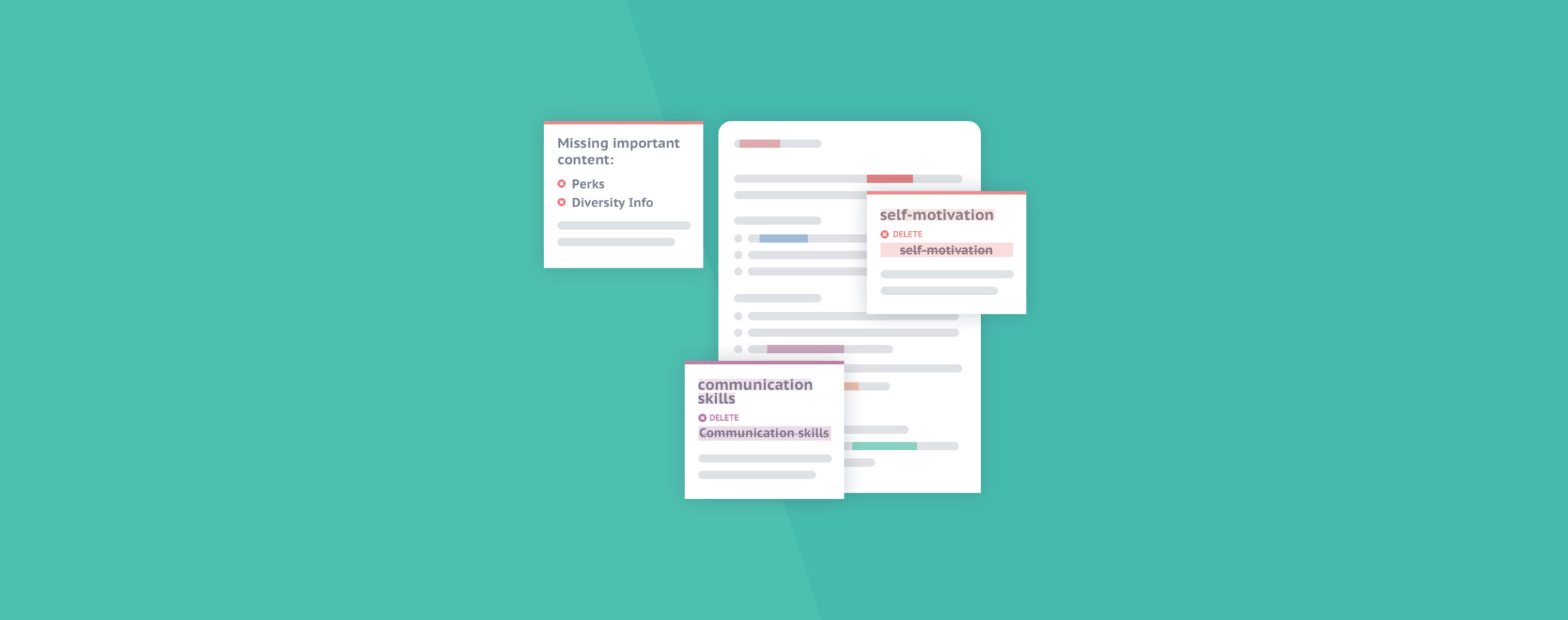Language analytics software helps people write better. That’s important because humans like to read expert, well-written content. Also, search engines like Google subsequently rank that content higher.
Language analytics software helps subject-matter experts get their thoughts across better by offering real-time guidance during the writing part of the recruiting process. But it’s not a one-size-fits-all scenario. In fact, language analytics for job descriptions is very specialized.
How we got to language analytics software
Google’s end goal has always been to make online search as effective and natural as possible. And over the years, it has gotten much more sophisticated. For example, we don’t even have to spell things correctly anymore.
But we’re well down the road from where we started. For years, unscrupulous characters (blackhat marketers) were constantly gaming the system. Google had to update their algorithms repeatedly to stay ahead.
When keywords were the only real way to search for things, blackhat marketers jammed keywords into content so it would rank higher. Then, when quantity mattered more than quality, content farms churned out low-quality content to artificially boost low-quality websites.
Each time blackhats came up with new tactics, Google updated their algorithms so those tactics wouldn’t work. Eventually, blackhats and the rest of us alike were left with one option. We had to provide high-value, well-written content─no shortcuts. And that’s where we are today.
Language analytics software helps recruiters by making real-time suggestions for avoiding things like biased language, wordiness, grammatical mistakes, and passive voice. It also helps companies maintain a consistent style across the board, no matter the writer.
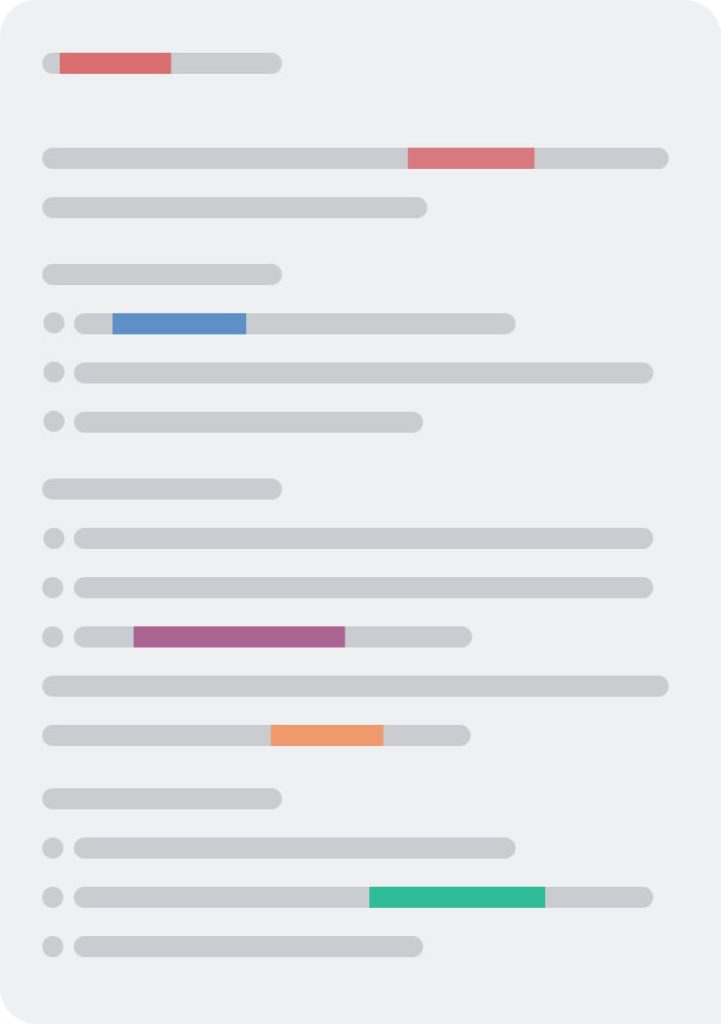
With search engines requiring high-quality content, customers have come to expect it, and so have job seekers. Regardless of industry or position, candidates expect to read well-written job descriptions.
But not everyone is a professional writer or even enjoys writing. Actually, marketing is the only department at your company likely to have a professional writer as the hiring manager.
And while language analytics software doesn’t replace the writer, it does help them write more clearly and succinctly. Language analytics enables subject-matter experts like recruiters and hiring managers to get their thoughts across more effectively.
But job descriptions are different
Language analytics for job descriptions, however, is unique because job descriptions are a unique type of writing. They require a specialized language analytics platform.
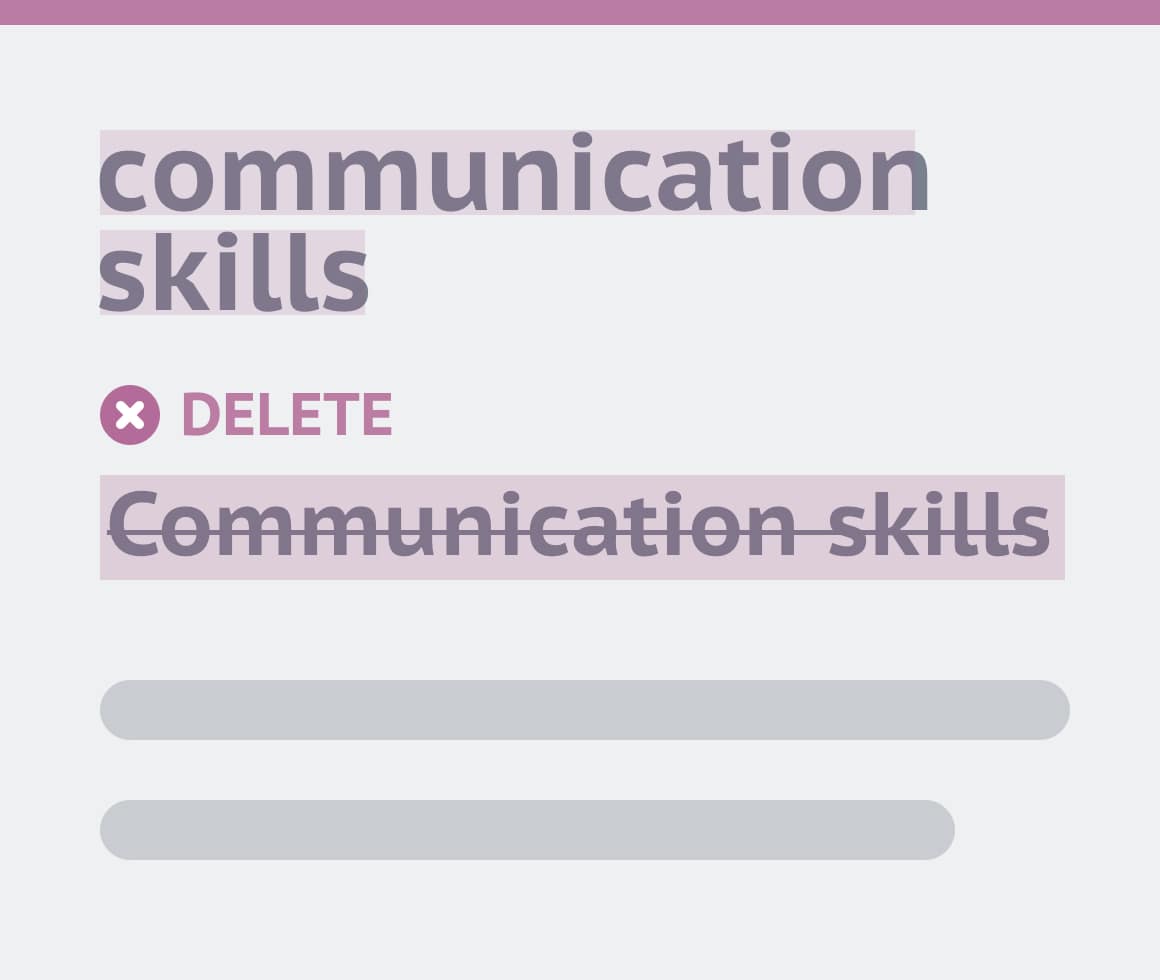
Language is infinite, but the language found in job descriptions isn’t. In fact, job descriptions tend to say the same things (e.g., ‘excellent communication skills’) and include jargon and corporate cliches (e.g., ‘ability to think outside the box’). It’s basically its own type of writing with unique language patterns. As such, it requires bespoke rules for natural language processing.
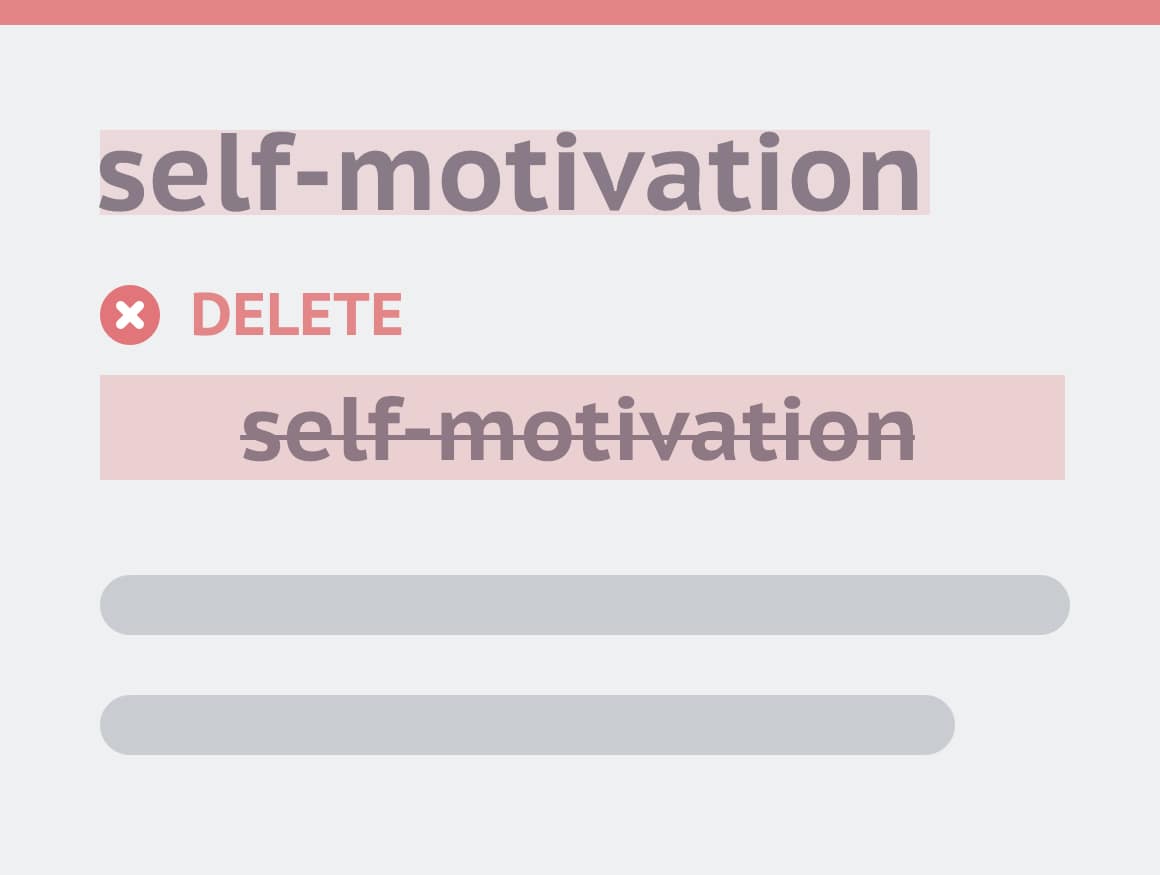
Context matters too. The software has to understand the sentiments and ideas behind words within the context of a job description. For example, ‘self-motivated’ and ‘independent’ are perfectly fine in everyday usage. But with job descriptions, fewer women apply for jobs with language that emphasizes ‘self-motivation’ or ‘independence.’
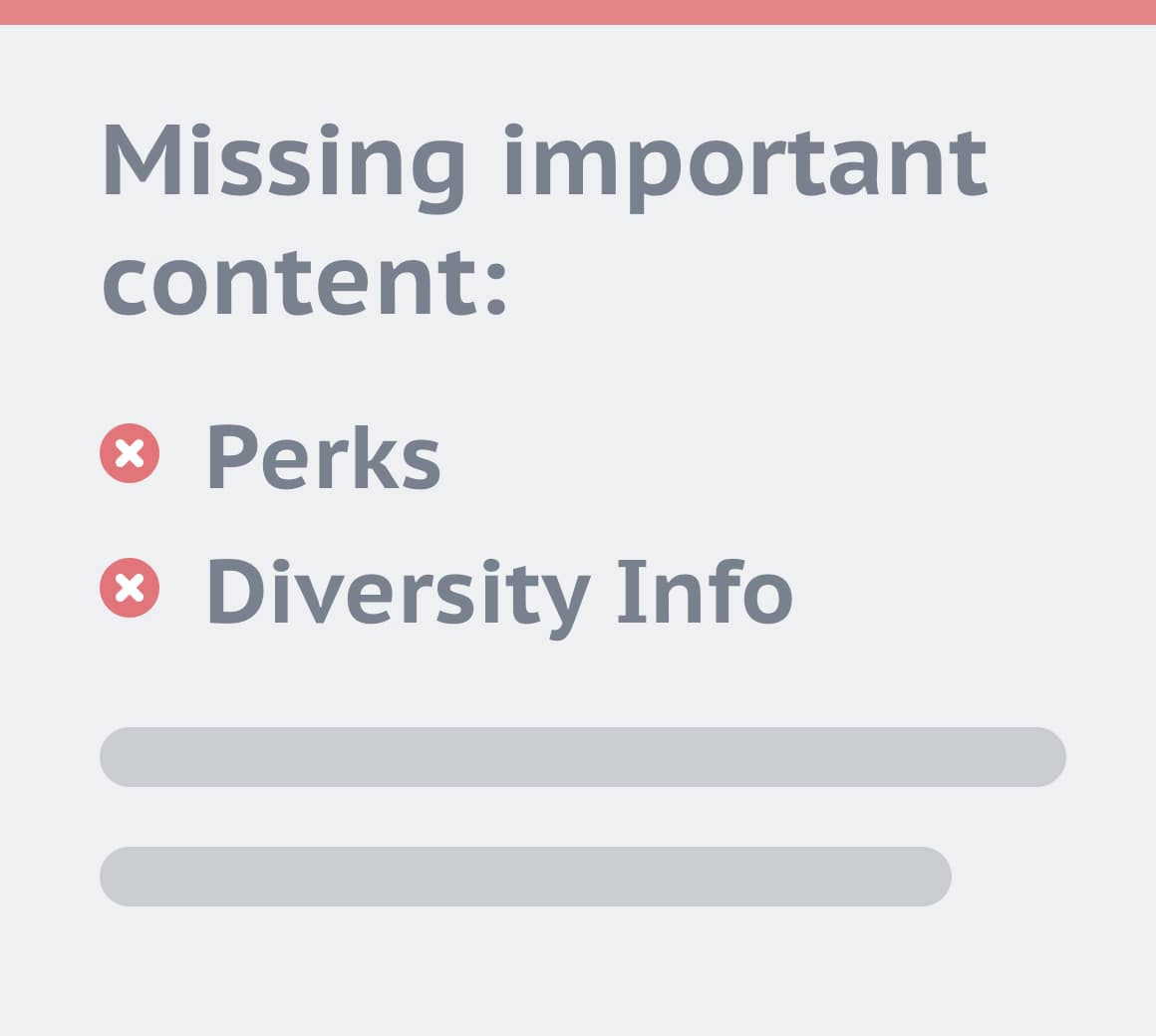
The software also has to understand content. And not just what’s there but also what’s missing (e.g., perks and diversity information). Job description writers can find plenty of examples of how others write about similar jobs. (That may explain why so many sound alike.) But those examples may not be the best.
Language analytics software helps hiring teams write job descriptions similar to the best examples out there. By comparing a job description to others known to be successful, the software can make suggestions of what content to add or take out. It knows because it has trained on millions of job descriptions.
Language analytics software for job descriptions
Candidates expect to read well-written content online, whether it’s a website, blog post, or job posting. Language analytics software can help hiring teams write effective, inclusive job descriptions that attract qualified candidates. But only if the software analyzes the job description within the context of recruiting.
The specialization matters. Helping subject-matter experts like your hiring managers create well-written job descriptions requires an understanding of recruiting, in general. In other words, your language analytics software has to specialize too.
